-eowyn white wool

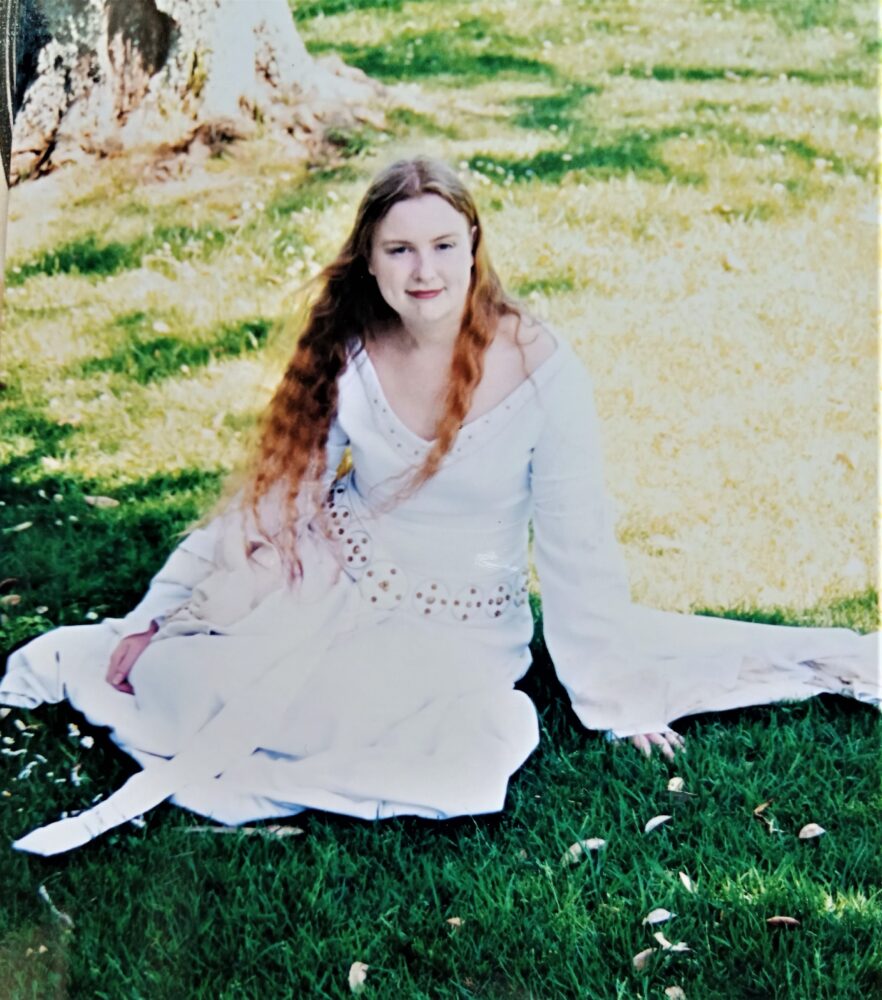
Status: passed on to another costumer
Year finished: 2003
To Do: n/a
Updates since last photo: n/a
Inspiration: Eowyn’s white wool gown
When The Two Towers came out I was very excited to see Eowyn. This gown was another simpler take, using fabrics that were locally available and recycling fabrics. I wore this to a Lord of the Rings themed picnic which was organised at the Domain.

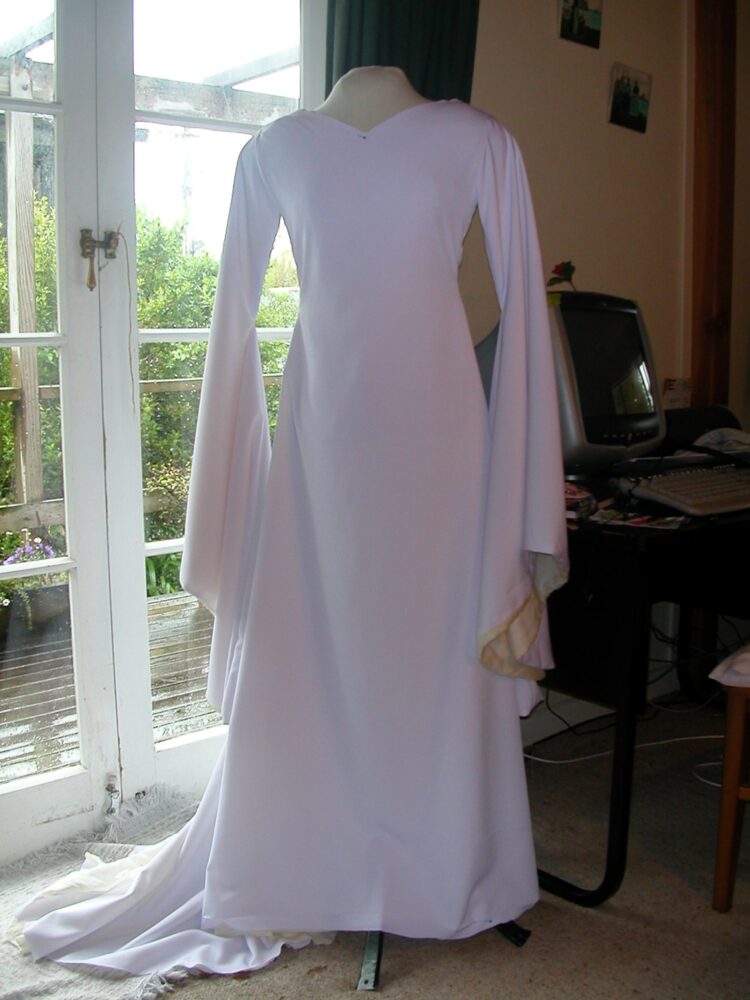
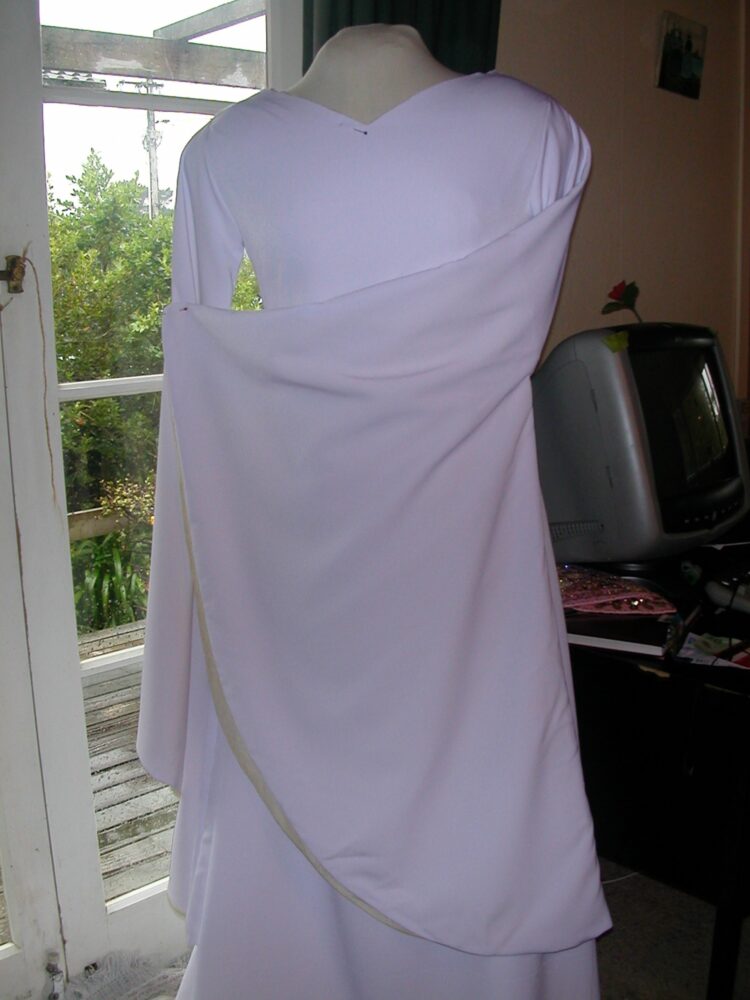
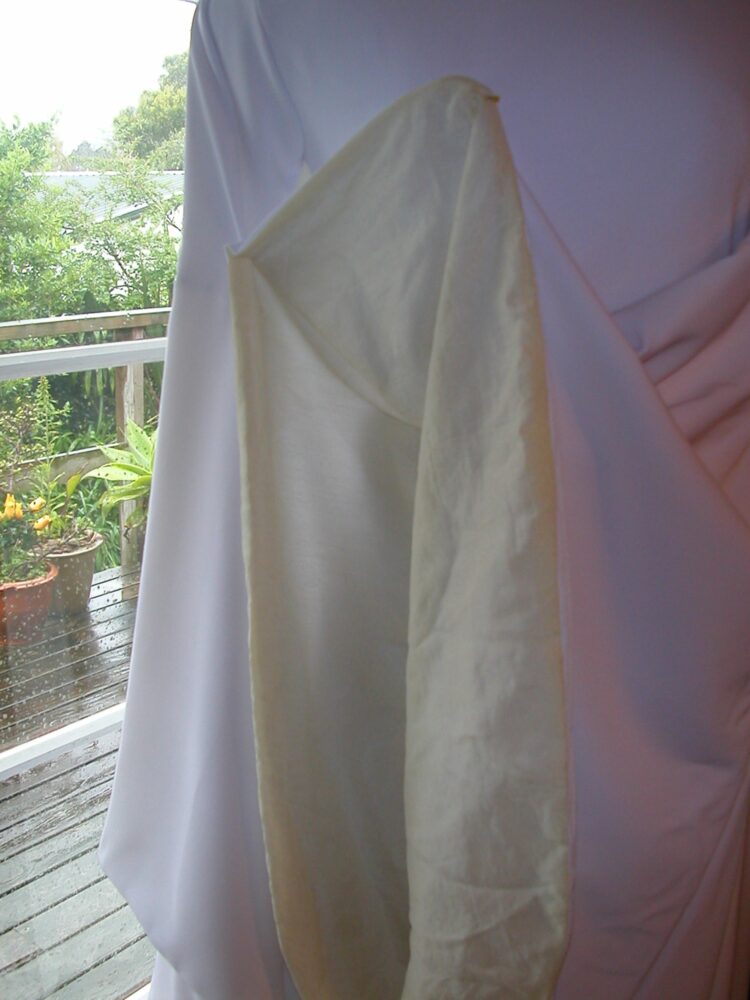
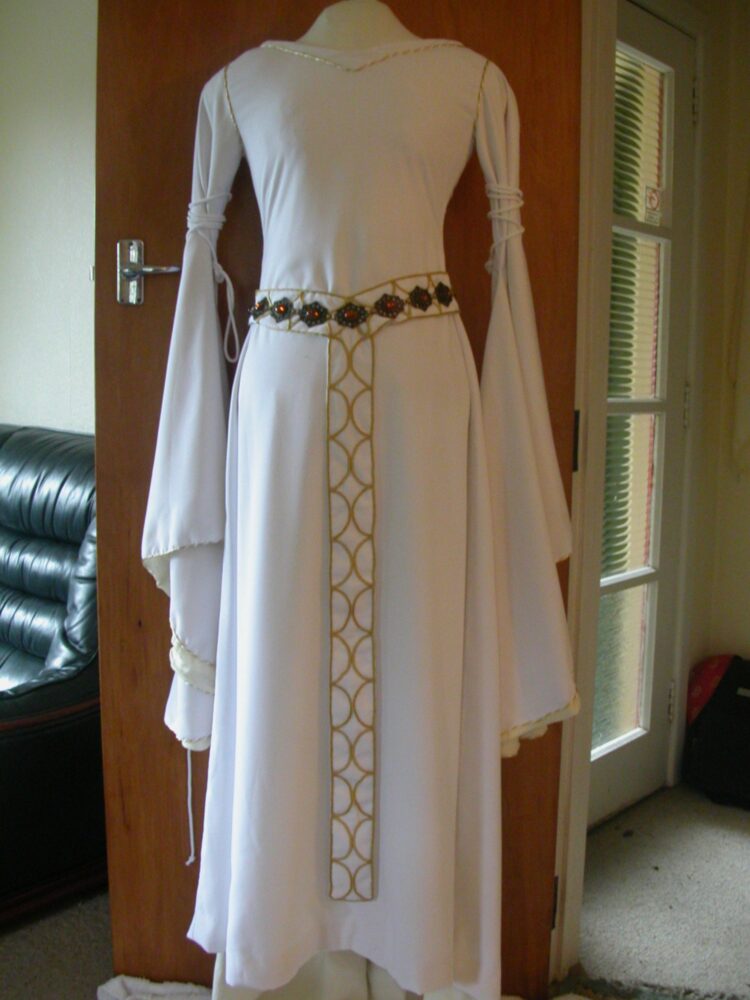

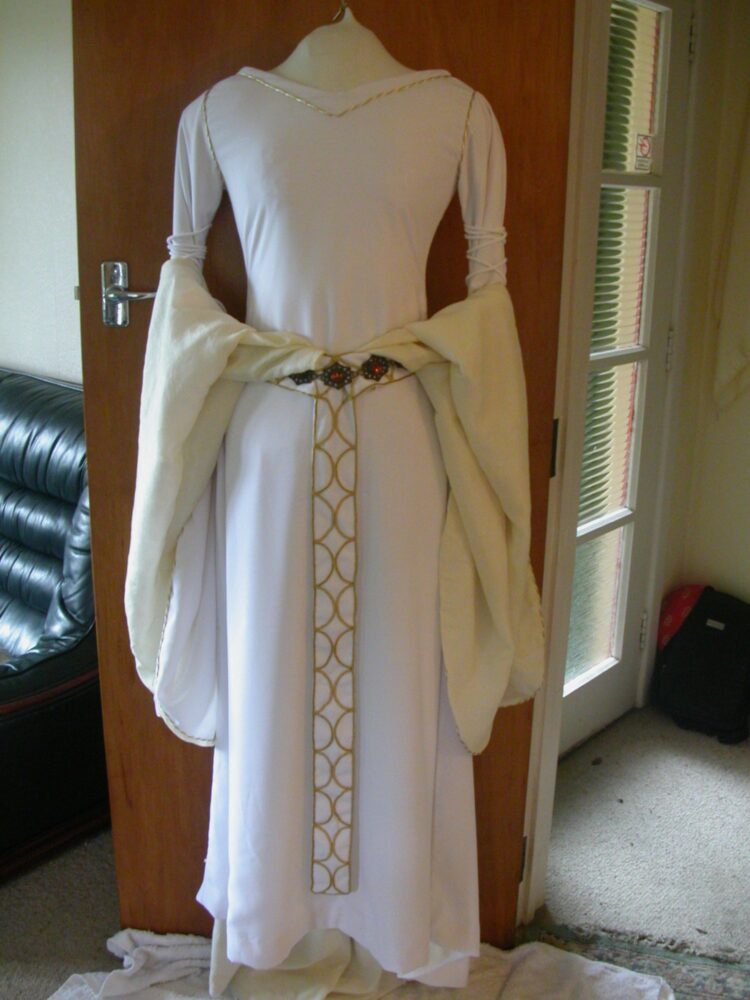
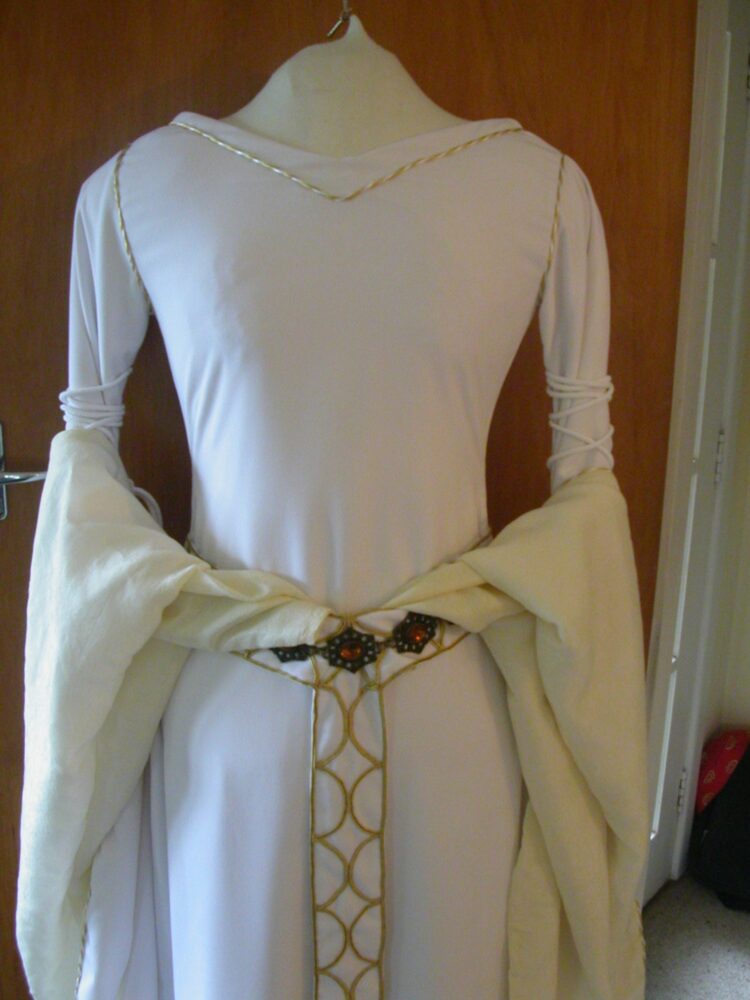
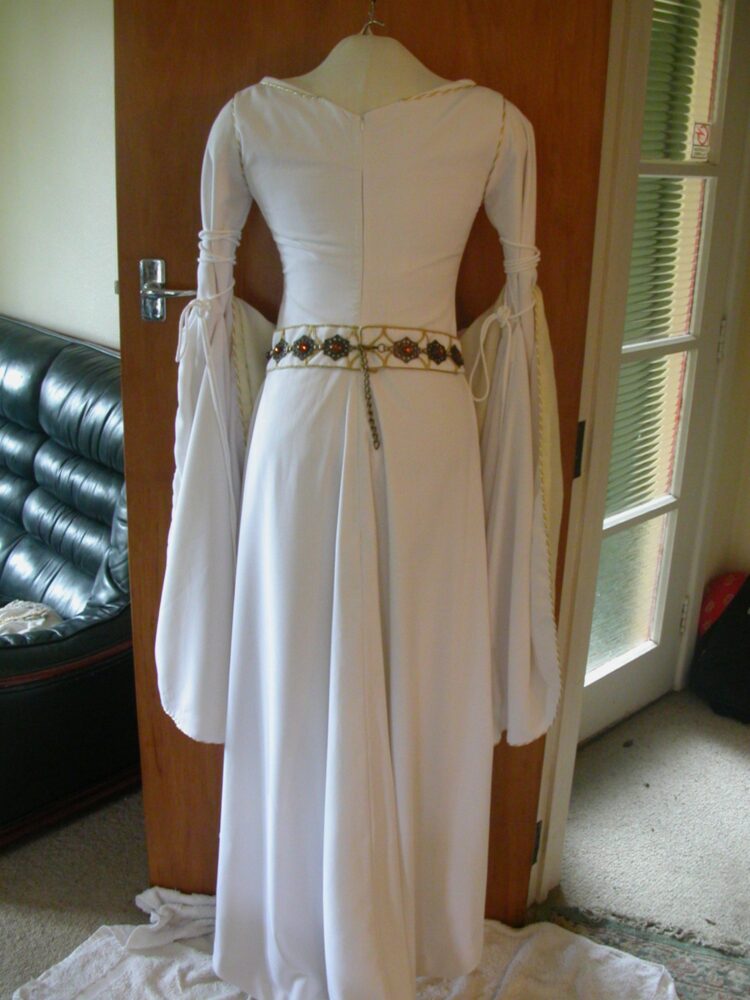

The tiny kitty is Bolero, my companion for 13 years.
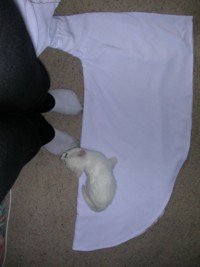
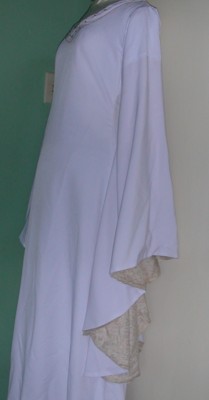
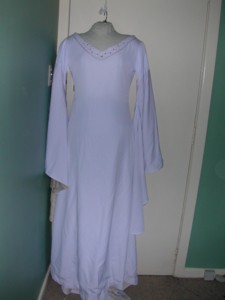
This costume was one of my early forays into hand finishing, every practice is experience earned.
I didn’t have time to finish the belt before the event, but I then was able to cover strips of fabric with braid.
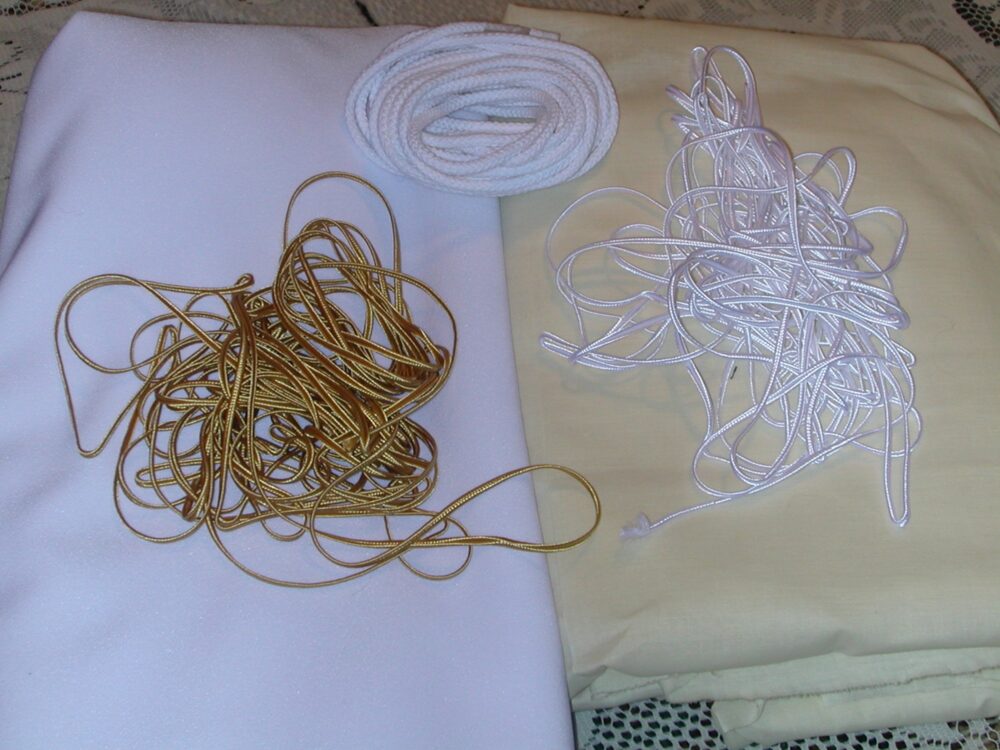
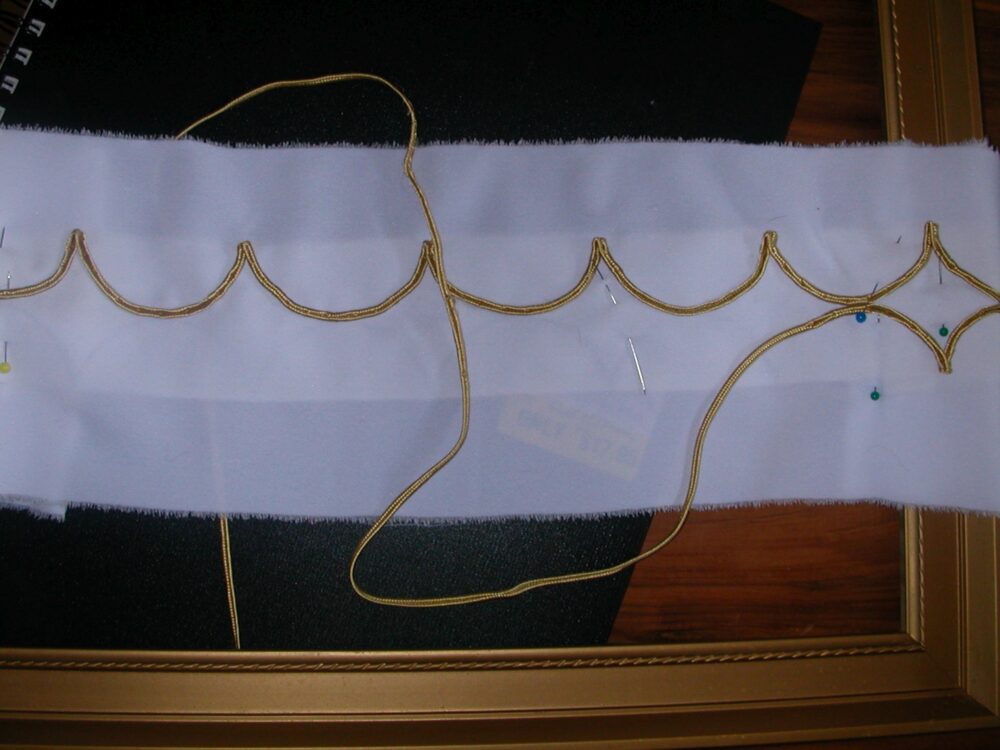
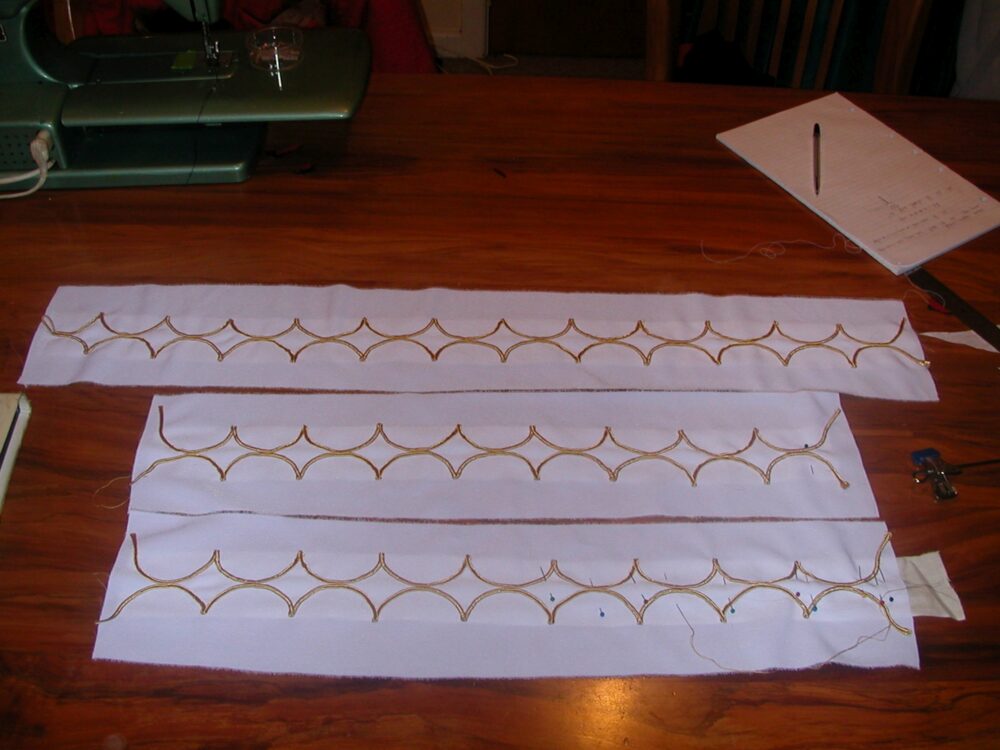

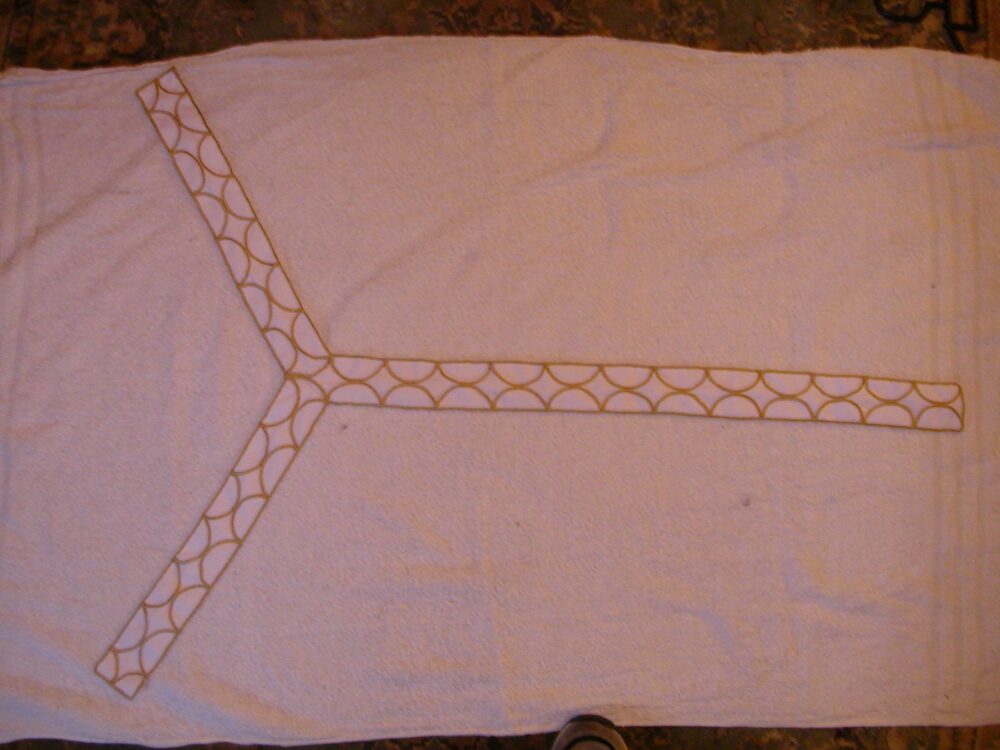
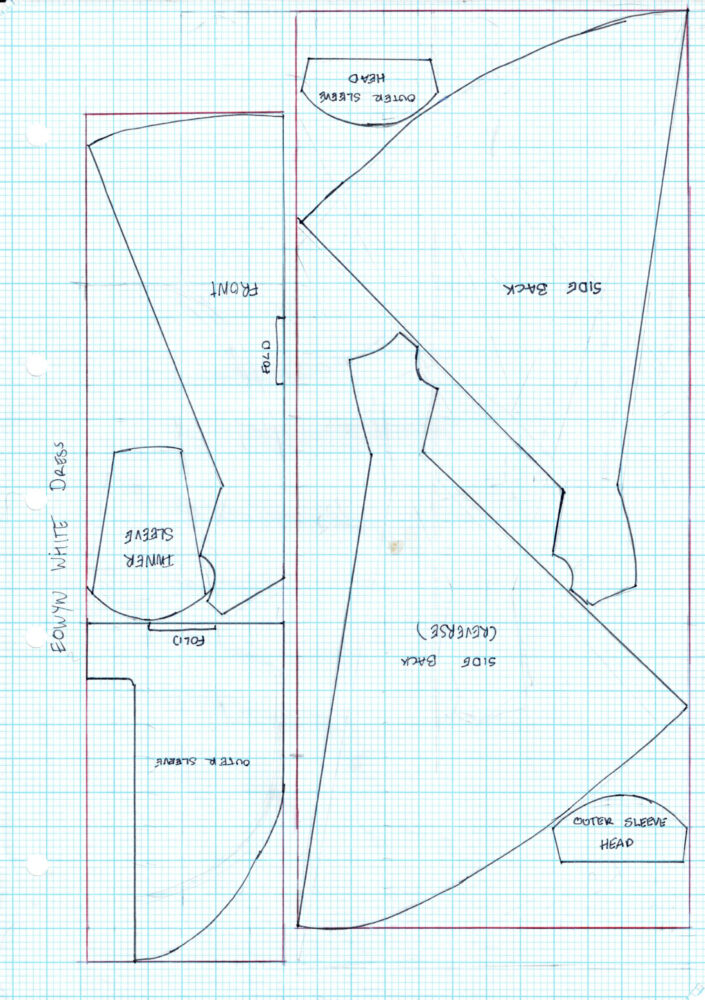
This is a 1/10 scale pattern of my second version of the dress. The movie gown has a seam around the hips, it dips in the front, and is completely hidden by the belt. The belt also covers a seam up the CF of the skirt. This probably is to allow for a greater flare to the hem than a fold would allow. This might be due to the fabric width being under 150cm/60″ like my fabric is.
I did include the seam around the upper sleeve- this lines up with the fold of my fabric but I think the seam sits further down in the movie version which would support the idea that the CF skirt seam if to allow more fullness than if cut on the fold.
I’m used to historic cutting methods in which you just ignore selvages. You cut as much as you can from one width/fold then what ever hangs over the selvage you cut from another piece of fabric. It’s very effective and uses less fabric.
The movie gown avoids using seams or darts in the front of the torso by a method I found useful in 1920s drafting. The image below is from Le Femmes de France and the pattern draft shows very simple blocks for the front and back. While the front (devant) has vertical cut that remains as an opening, it is a point where you can smooth fabric out to the sides, or from the sides to that cut.

The images below show how to drape a bodice from the mid-late 1920s and while it still uses a dart, it helps illustrate how different eras push fabric into different place to remove excess fabric, and that pin placement as anchors start that process.
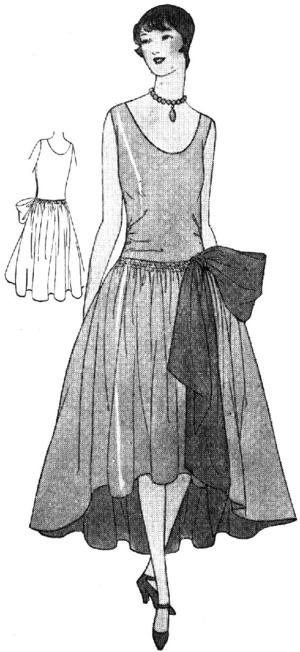
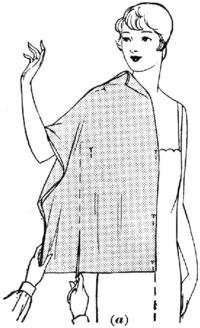
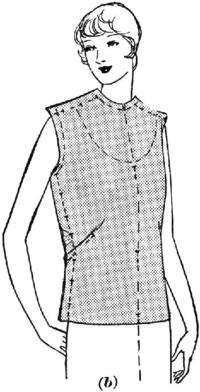
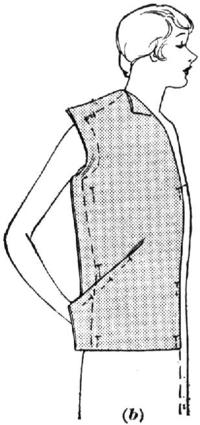
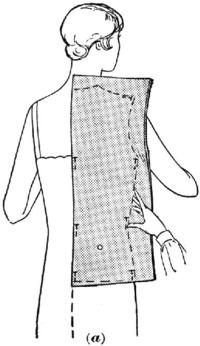
So to drape the front of the Eowyn bodice start with a rectangle of fabric and pin in down the CF. And smooth the fabric as far as you can, the bust point is a natural stopping point.
The V neck can be started as a vertical cut down the fold and then spread it open to push fabric over to the shoulder and armscye, or smooth into it from the side. This is stabilised into shape by stitches.
There is a limit to how far you can do this so you can use the armscye shape to ease and take up some of the fabric. Then at the side seams you need to stretch the fabric by pulling it down to the hips, a dress form you can pin on will anchor that at the hips, and snip the seam allowance heavily near the waist to allow the seam to stretch as much as it can. The hip seam then is used to pull fabric down and anchor.
This is not a one step process, each time you adjust one point it can pull or push fabric into another.